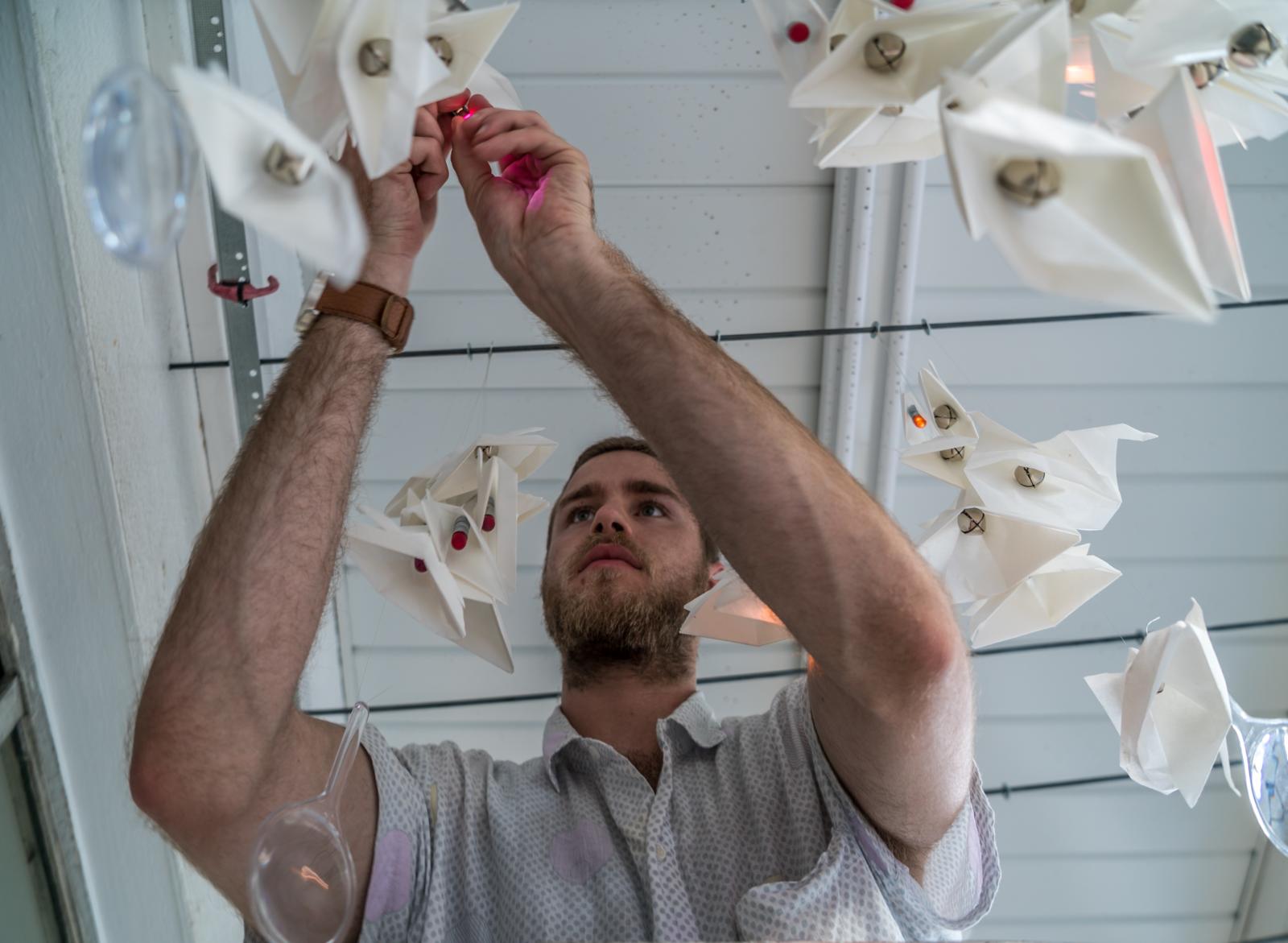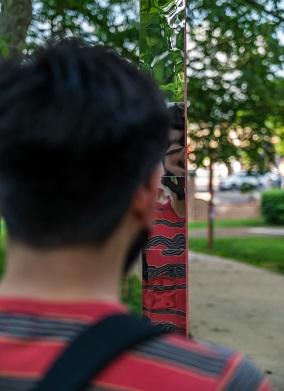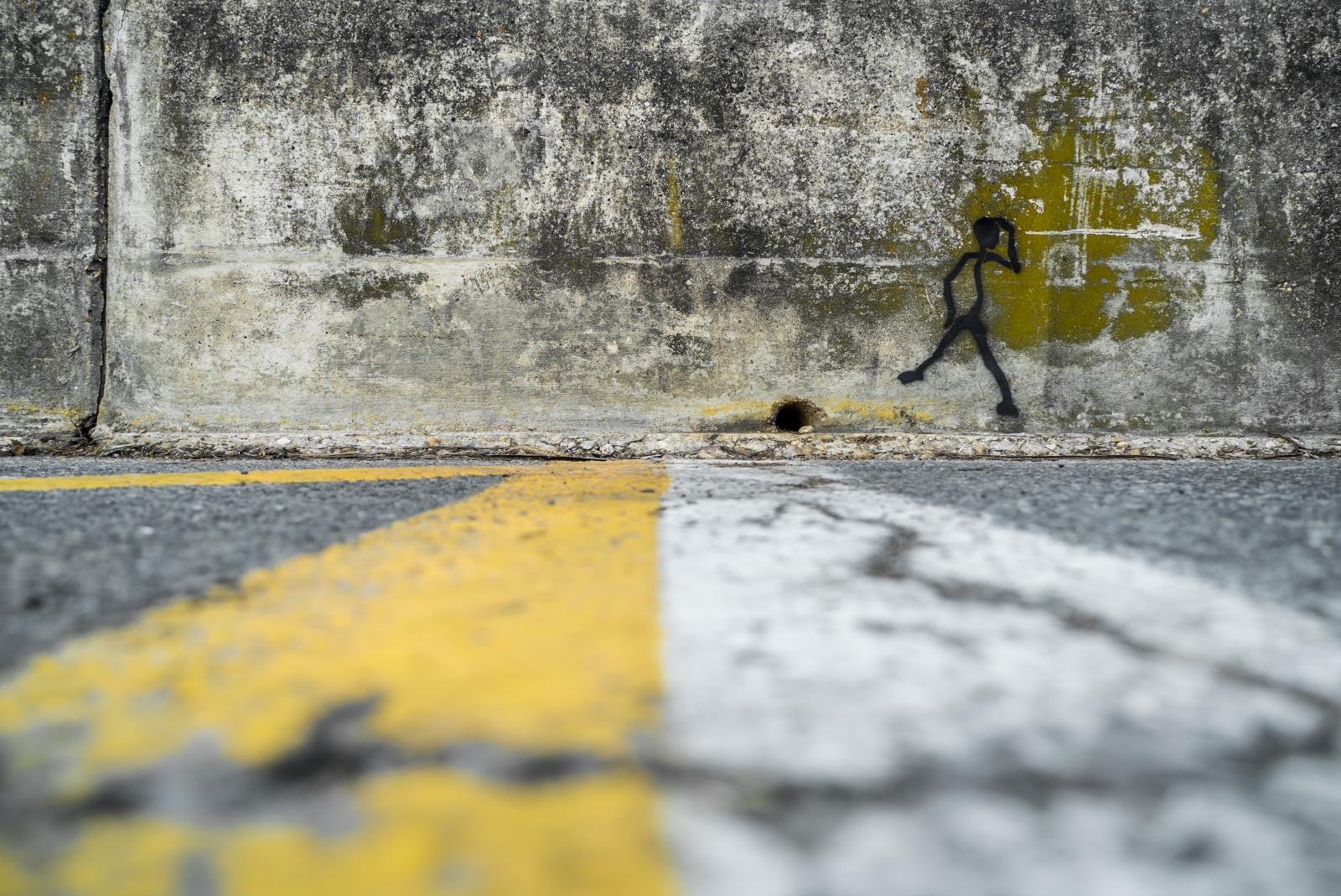Students, faculty and administrators from the University of Maryland gathered at College Park City Hall Tuesday night to present four city-focused sustainability projects to Mayor Andrew Fellows and the City Council. The projects—a calculation of College Park’s annual greenhouse gas emissions; designs for a new city hall/university building; an examination of waste management practices; and thought-provoking public art— are the culmination of coursework from the Partnership for Action Learning in Sustainability (PALS) with the City of College Park. PALS is a new, campus-wide program that pairs university resources with community challenges in sustainability.
“This partnership goes beyond our land grant mission as a university because the City of College Park is our home,” said Uri Avin, Director of the PALS Program. “Our students feel a duty and desire to make College Park a more vibrant, connected community. PALS is one way we can collaborate with the City to achieve that goal.”
The presentations offered a snapshot of a semester’s worth of work and effort by the students, whose goal was to provide College Park with information and analysis that will help influence decision-making down the line, as well as offer recommendations for possible action. Students from Professor Robert Nelson’s Public Policy course, who addressed greenhouse gas emissions with the assistance of Environmental Finance Center Program Manager Sean Williamson, proposed a new initiative, the Small Town Energy Program (STEP) as a way to continue the City’s trend of lowering its emissions. Modeled after successful programs in peer communities like University Park, the STEP Program would use a minimalist budget to provide residents with audits and energy coaches, banking on the notion that most residents want to lower energy costs and shrink carbon footprints.
“I’m excited that we’re doing this and excited to see this presentation,” said Councilman P.J. Brennan. “Reducing our greenhouse gas emissions is a key goal for the City and this is an important step.”
An interdisciplinary course that combines architecture, sculpture and urban planning, entitled Making Place: Public Art & Design on the Border, challenged students to explore City-University connections through guerilla art and urban whimsy, a concept, explains Architecture Professor Ronit Eisenbach, that has an important place in improving a community’s quality of life.
“A recent national poll showed that the top three answers to the question, ‘Why do you love living in the place you live,’ were not jobs or safety or even schools; they were social offerings, acceptance and aesthetics,” said Eisenbach. “As you consider the question, ‘How do you draw people to College Park and how do we make it a place where people want to be?’ an equally important question is, ‘How can you bring together some of the creativity and efforts of arts organizations with local businesses to start creating that desired energy into a community.’”
Launched in January, the PALS partnership with College Park is the second collaboration since the program’s inception; PALS initiated a partnership with The City of Frederick, Maryland, in fall 2014. While the new partnership between College Park and UMD focuses on addressing sustainable challenges, it also holds an important place in the town/gown relationship, contributing to the common city and university vision of making College Park a top college town by 2020.
Assistant City Manager Bill Gardiner also noted the importance of the collaboration to help the College Park advance its sustainability initiatives and to encourage consideration of how art and design can improve the City. “After reviewing the final reports and recommendations, we will see what next steps the City and University may be able to address via PALS.”
“This semester’s work is, I hope, the beginning of an on-going and productive relationship with College Park in addressing some of their sustainability issues,” said Gerrit Knaap, Director of the National Center for Smart Growth. “It’s a worthy experience for our students and an important investment in our community.”



